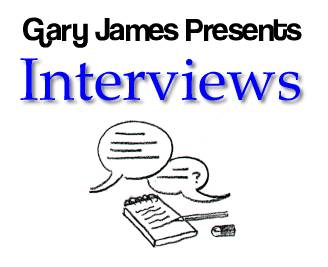

 |
 |
|||||

|
Matt Younkin Interview
Matt Younkin is a third-generation pilot. He is the son of legendary airshow pilot Bobby Younkin. Bobby is considered to be one of the greatest airshow pilots of all time. Matt is also the grandson of Jim Younkin who is well known for designing the Century and Trutrak autopilots. Jim is also famous for his antique aircraft restorations as well as building replicas of the 1930s air racers such as The Howard “Mr. Mulligan” and the Travel Air “Mystery Ship”. Matt learned to fly at the age of 14. On his 16th birthday he soloed his grandfather’s 1928 Travel Air 4000 biplane. Matt is now proficient in over 80 types of airplanes ranging from the Piper Cub to the North American B-29. He is fully rated flight instructor with over 4000 hours of flying time. We spoke with Matt about his airshow. Q - Matt, your father used to say “an airshow act must be unique and original to be successful.” I would agree with that. But, they’re just so many maneuvers you can do with the Beech 18 your flying? Q - What you do with this plane of yours is almost like a bullet in the sky. So often we’ll hear background music from “top gun” being played for airshow performers. What kind of music do you have playing as you’re going through your routine? Q - I was thinking of maybe “Swan Lake”. Q - Matt, even though airshows are gaining popularity throughout the US and the world really, they have yet to peak. Would you agree with that? Q - How many people does it take to get your act off the ground? Q - Speaking of work, is there enough work to keep you busy throughout the airshow season? Q - Because your father was a pilot does that mean it was easier for you to become a pilot? Q - Do people have a hard time believing that planes looked like yours in aviation history? Q - If there were no airshows, what would happen to those old planes? That guys like you fly? Would they only be seen in museums? Would they be scrapped? Official website: younkinair.com
© Gary James All Rights Reserved
|